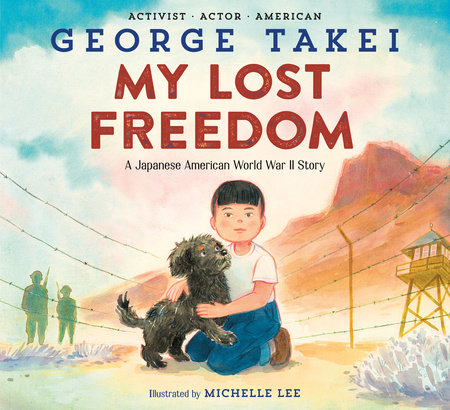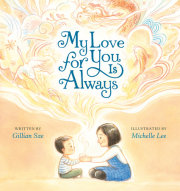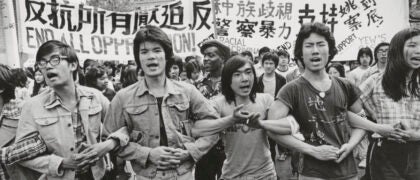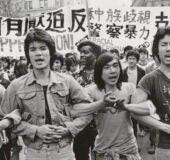Books to Celebrate Asian American, Native Hawaiian & Pacific Islander Heritage Month
May marks Asian American, Native Hawaiian, and Pacific Islander Heritage Month! This month and every month, celebrate the many cultures and stories within the AANHPI community with books by authors of East Asian, South & Central Asian, Native Hawaiian, and Pacific Islander heritage and cultures. Explore our favorite picks for this month by AANHPI authors,















